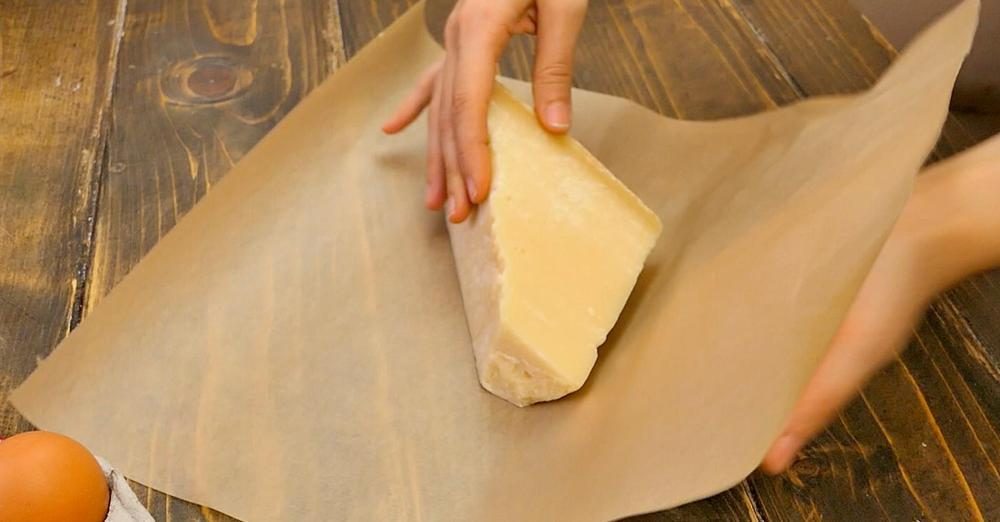;)
- Selection and Preparation: Choose fresh, unblemished chestnuts and thoroughly clean and dry them before storage.
- Storage Options: Store chestnuts in the refrigerator for short to medium term, or freeze them for long-term preservation.
- Regular Inspection and Consumption: Regularly check stored chestnuts for signs of spoilage and prioritize consuming older ones first to maintain quality.
Storing chestnuts for the long term requires careful consideration of factors such as temperature, humidity, and preparation methods. This guide provides effective strategies to ensure that your chestnuts remain fresh and edible for an extended period.
Selecting Chestnuts for Storage
Identifying Quality Chestnuts
Choose fresh, unblemished chestnuts with a firm texture. Avoid any with signs of mold or damage.
Importance of Freshness
Freshly harvested chestnuts are the best candidates for long-term storage as they have not begun to deteriorate.
Preparing Chestnuts for Storage
Cleaning
Rinse the chestnuts under cool water to remove dirt and debris.
Drying
Thoroughly dry the chestnuts to prevent mold growth during storage.

Storage Methods
Refrigeration
Short to Medium Term
Store chestnuts in a breathable bag in the refrigerator for up to a few weeks.
Freezing
Long Term Storage
Freeze chestnuts for several months. Place them in airtight containers or freezer bags.
Controlled Atmosphere Storage
Professional Long Term Option
Utilize controlled atmosphere storage facilities if available, ideal for commercial purposes.
Regular Check and Consumption
Periodic Inspection
Regularly check stored chestnuts for signs of spoilage or freezer burn.
Consumption Timing
Prioritize the consumption of older chestnuts first to ensure quality and reduce waste.
;Resize,width=712;)
;Resize,width=712;)
;Resize,width=712;)
;Resize,width=767;)
